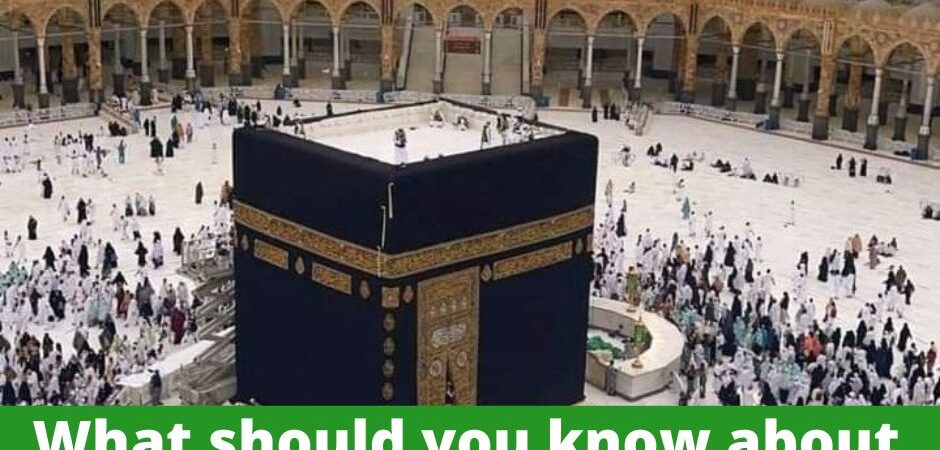
Early on Saturday, the General Presidency for the Affairs of the Grand Mosque and the Prophet’s Mosque added a new cover to the holy Kaaba (Kiswa).
The process, which started after Ishai (night prayer), was completed at three in the morning, signaling the start of Muharram 1444 A.H.
The super embroidered cloth, which reportedly weighed 850 kg and cost a stunning SR25 million ($6.5 million), making it the most costly covering in the world, was reportedly transported into the Harram by a lengthy motorcade with hundreds of security personnel.
The Kiswa, as it is known, was changed for the first time on the first day of the new Islamic year.
Prior to this, it was always altered during the Hajj, notably in the morning of Dhul Hijjah 9 after the pilgrims travel to Mount Arafat, in order to receive worshipers the next morning, which falls on Eid Al-Adha.
The change in custom was just declared and set for the eve of Muharram 1, the first day of the Hijri calendar, by the General Presidency for the Two Holy Mosques of Saudi Arabia, headed by Sheikh Abdul Rahman Al-Sudais.
A team from the King Abdulaziz Complex was chosen to replace the Kaaba’s Kiswa, and the crew got to work dismantle the old Kiswa and putting the new one together.
The door curtain and four distinct sides make up the new Kiswa. The four sides of the holy Kaaba were raised individually to the top of the Kaaba in preparation for their unfolding on the old side. Once the old side’s ropes were loosened, each side was then fixed from above by tying it down and lowering the other end of the side. By permanently moving the new side up and down, the old side dropped from below, leaving the new side in place. This method was done four times for each side until the dress was finished, at which point the belt was sewn in a straight line to the four sides.
The holy Kaaba’s Kiswa belt is made up of 16 components in total, with six additional pieces and 12 lamps at the bottom.
About 850 kilograms of raw silk that was colored black inside the complex, 120 kg of gold wire, and 100 silver wires are used to make the holy Kaaba’s Kiswa.
The weaving, stitching, and printing of the Kiswa are done by technicians at the King Abdulaziz Complex every year utilizing both hand and machine labor and a total of 47 pieces of fabric and thread.
The operation is completed by the 16-meter-long largest automated sewing machine in the world.
At the King Abdulaziz Complex for Holy Kaaba Kiswa, there are about 200 administrators and professionals who are all educated, skilled, and specialized citizens.
DONATE
For Advert Inquiries
Tele/+234 7036309859
E-mail: themuslimvoiceng@gmail.com
For News/Article
E-mail: themuslimvoiceng@gmail.com


